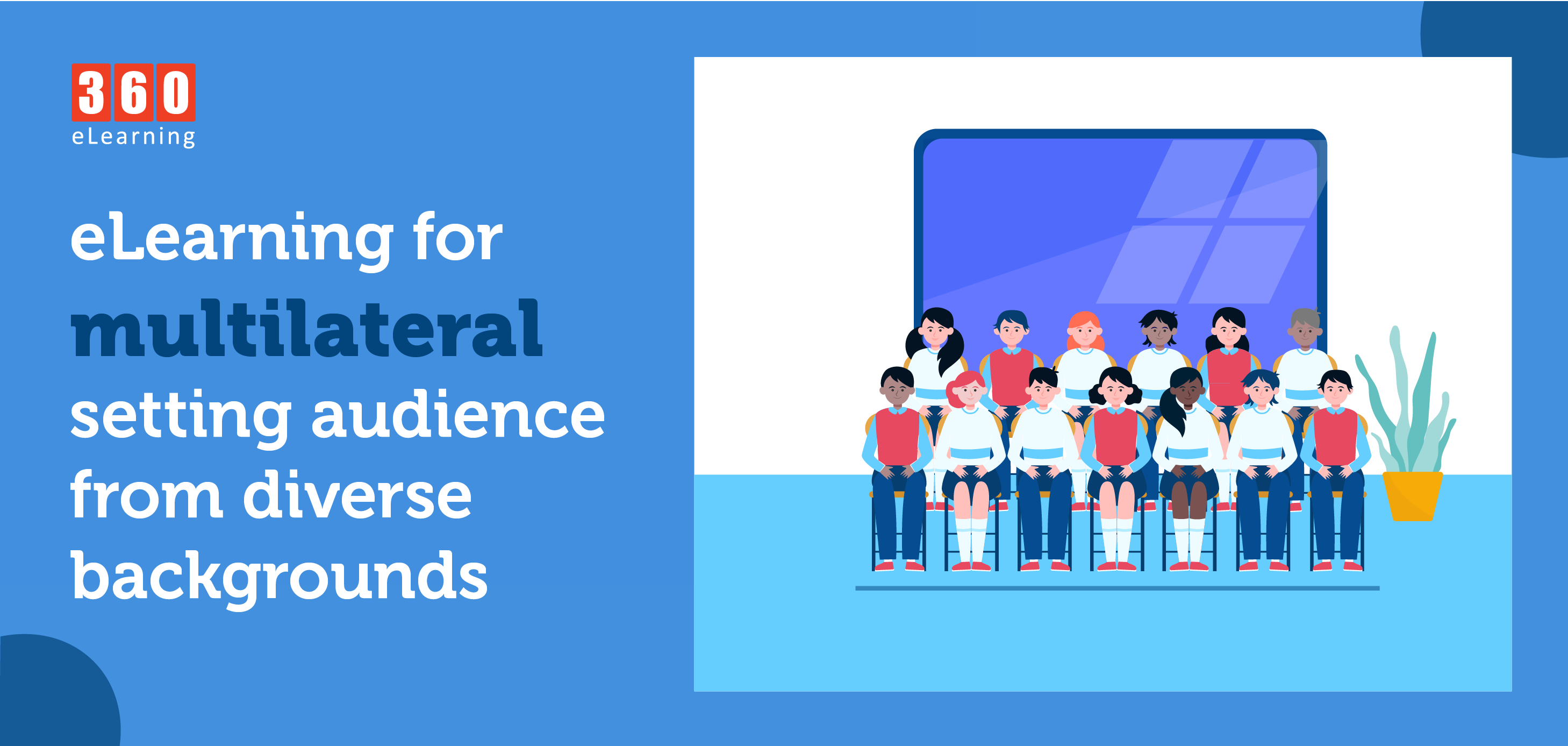Training is key to success for any organization. A massive surge in multinational organizations has been observed in the past half-century. Consequently, a great number of managers and executives are becoming a part of the workforce looking for leading roles in their specific industries. This can be made possible only through relevant learning and development.
Having a workforce from varied areas of the world with widespread diversities in culture and background is a benchmark to any multinational organization. However, such a composition of a workforce makes training design, delivery, tracking and reporting a challenge. eLearning comes with a virtual set of information and practice that also has its own perks and downsides; however, having a global reach for its online mode of delivery, multinational organizations prefer eLearning as the ideal form of training.
Why Multinational Corporations Use eLearning?
In addition to its immense benefit to the multinational organizations, eLearning has helped maintain continued learning and development even in the times of the pandemic – Covid 19. These times have made eLearning inevitable for any organizational training. Let’s see some specific benefits of eLearning below:
- eLearning can standardize worldwide learning levels.
It is never easy for learning and development professionals to meet the requisite levels of learning. eLearning provides the flexibility to suit multicultural workforce separated by miles geographically. Inclusion of concepts, interactions and exercises in a variety of ways privileges the eLearning to standardize training methodologies.
- eLearning can suit the skillset of learners.
eLearning allows the industry leaders to adjust the content of the training according to individual needs. All the workforce does not come with the same level of soft skills, reading and writing abilities to absorb the contents of the training. eLearning allows training professionals to understand the level of skills of the participants of the training and make it more inclusive and comprehendible for all the factions of learners. As better the training would be suited to individualized needs, as better the return on investment would be for the organization.
- eLearning promotes the organization’s representation of brand, values and vision.
Multinational organizations are increasingly commercializing themselves through image building, perception and narrative propagation through multiple mediums of media. This is called branding. eLearning does exactly that in helping the organizations consistently repeating the brand image in the minds of the participants. This practice gives the course a branded look, standardizing the training outlook. Such an outlook can never be achieved in physical instructor-led training.
eLearning helps for the purpose of the greater good of humans
International Governmental Organizations (IGOs) have representation of experts, ambassadors, technocrats, bureaucrats and executives. They are not only coming from different backgrounds but owing to their assignments in different parts of the world, they get to perform their duties in areas far from where they spent a greater part of their lives. In addition, they serve for purpose of the greater good affecting larger parts of the world, like fighting hunger, poverty alleviation and climate change. eLearning can help reach out to them in their areas of remote positions, serve the need of repeated training of incoming employees and if needed, training can be made publicly available through web portals for everyone to attend and learn. Such opportunities could never never been achieved through physical training.


